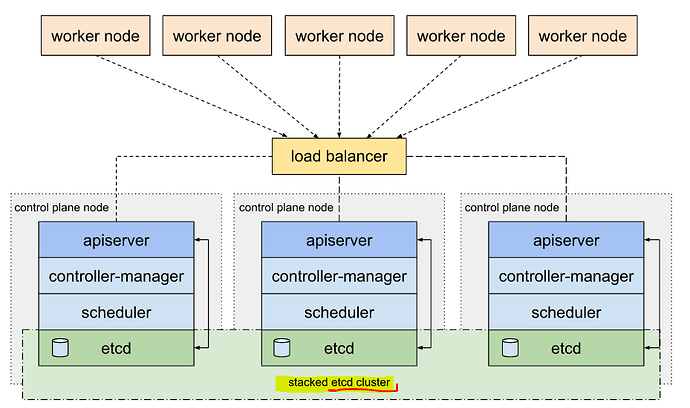Romdhane:
Good morning, I wanted to ask about etcd restoration, when we do etcdtctl restore snapshot,what really happens?and why should we modifiy etcd’s.manifest also ??and lost between the relation between command line and the pod.
Thanks in advance for your answers
unnivkn:
Hi @Romdhane please go through the below answers:
i)
when we do etcdtctl restore snapshot,what really happens?
- Let us say in real time sceanario, your etcd is crashed, then you won’t be able to bring up your k8s cluster.
So you have to restore it to the previous state, by using the most recent etcd backup.
ii)
why should we modifiy etcd’s.manifest also ?? - Since in our lab, we don’t want you to spoil the existing etcd data which is on the default location(/var/lib/etcd), so it’s asking you to create a new folder called (/var/lib/etcd-from-backup) & restore in that location. Once restored you have to remap the corresponding path in the etcd.yaml file.
iii)
and lost between the relation between command line and the pod. - Please clarify this question. You mean the difference between stacked etcd & external etcd ?
fyr: https://kodekloud.slack.com/archives/CHMV3P9NV/p1663961161130299
Romdhane:
@unnivkn thank you for answering, I wanted to know the difference between the etcdctl cli and the etcd pod, does the cli control the pod?? and I wanted to know what happens when we do a restore, why it’s not enough to only do a restore without touching the etcd pod?
unnivkn:
Hi @Romdhane etcdctl cli is the client utility similar like your kubectl, which you can use to interact with your etcd server.
etcd pod act as your etcd server/etcd cluster in a multi master setup.
• why it’s not enough to only do a restore without touching the etcd pod? –> you may perform this, if you restore to the current etcd location. Please find the previous answer below:
Romdhane:
it’s more clear now, thanks a lot
unnivkn:
you welcome @Romdhane

